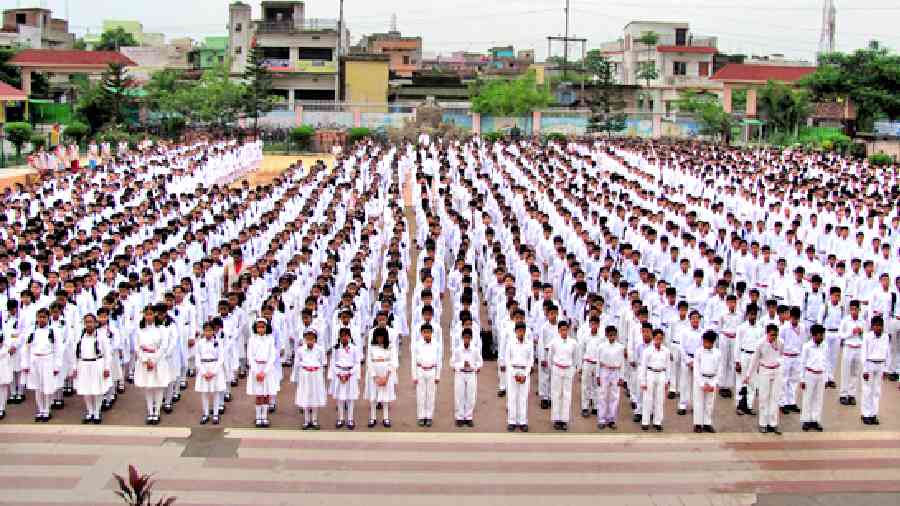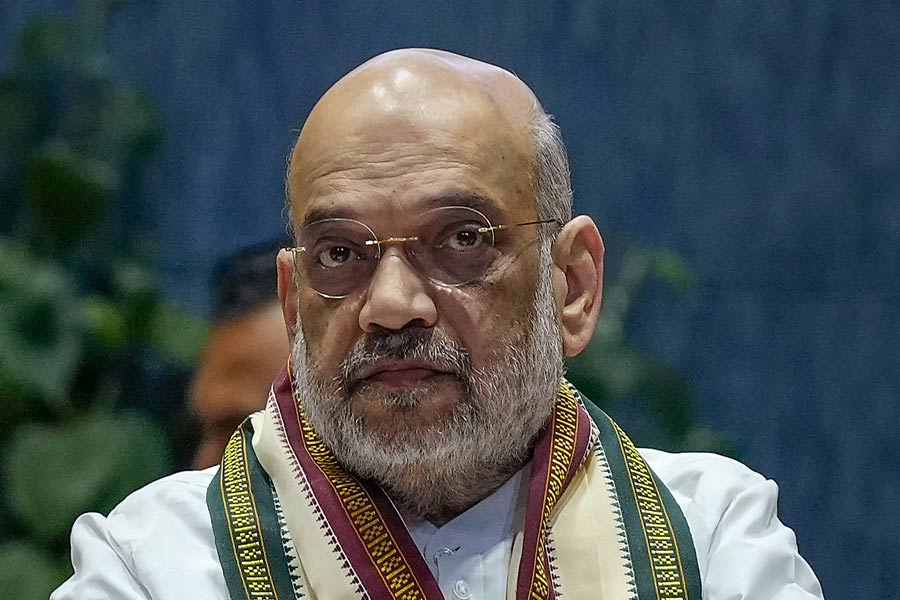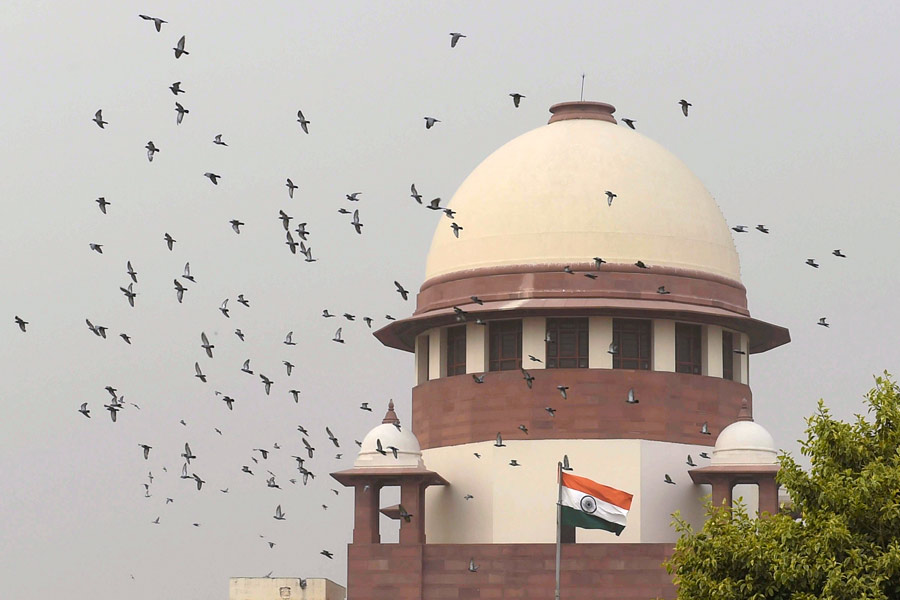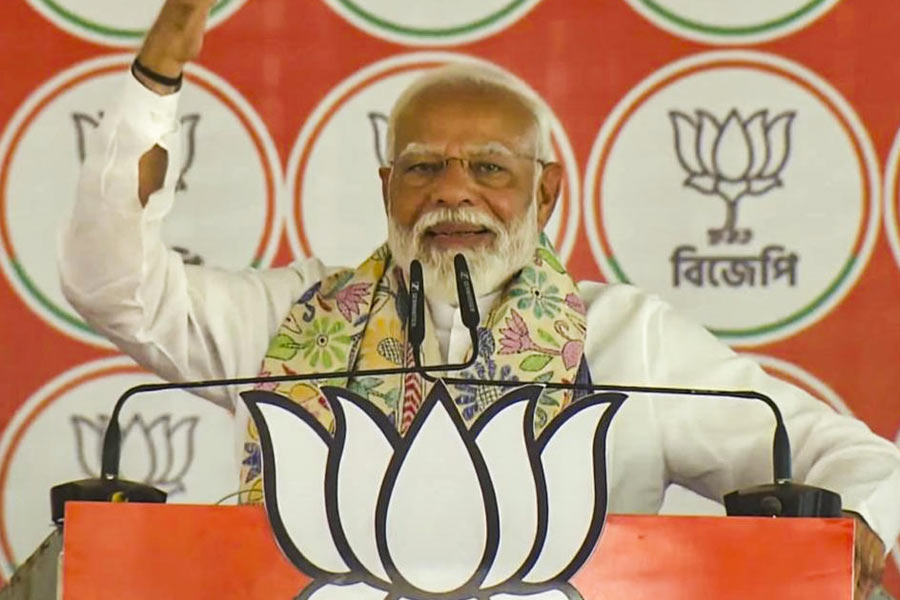The “rule of law”, Justice D.Y. Chandrachud told law students recently, depends not merely on the Constitution or legislations “but largely… upon the political culture and habits of citizens…”. The words of the incoming Chief Justice of India represented an indirect admission of the long-drawn conflict between the two components of liberal-democracy under the Narendra Modi regime: liberalism and (a thinly conceived) democracy. The opposing poles of ‘liberal institutionalism’ and ‘democratic majority’ have framed the most contentious of political disputes — Article 370, CAA and the Ram temple.
The majoritarian backlash against liberal principles and institutions is not unique to India. We see traces of similar clashes in the US, the UK, Turkey and Hungary. Yet, nowhere is liberalism as besieged as in India, bereft of support even among the educated middle classes. Indeed, the enlightenment thesis of an increase in education levels breeding a more liberal citizenry turns on its head in India. As a 2017 CSDS-Lokniti report noted: “as levels of education increases the likelihood of holding conservative views also increases.” The use of ‘conservative’ here is a euphemism for right-wing authoritarianism. The survey probed the public on the most contentious political questions of the day: should the government (or caste/ community) punish those who eat beef; do not say ‘Bharat Mata ki jai’; do not stand up for the national anthem; or engage in religious conversions? On each of the four questions, a clear majority of Hindus supported the punishment of the individual not just by the State but also presumably by the mob. In fact, the educated classes displayed the greatest penchant for coercive violence, not to mention a higher level of sympathy for dictatorship and suppression of speech than found among the cohort of illiterates.
What explains the staggering failure of Indian education to promote liberal ideas?
One must resist the temptation of culturally essentialist explanations, be it recourse to a rigid, caste-deterministic framework or chalking it all down to the transcendental lure of ‘Asian values’. The faulty transmission link between liberal democracy and public education merits an institutional approach. An influential strand of sociological literature views the relationship between liberalism and education to be mediated by the variable of ‘core values’ embedded in the educational system. In other words, educated people are more likely to accept the prevailing values emphasised in schools, whatever those values might be.
The question then becomes a simple one: what are the values transmitted by the typical Indian school? At the outset, let’s accept that schools are hardly known as redoubts of freewheeling enquiry. Michel Foucault compared the systematic control exercised by the Western model of the public school with the disciplinary ordering enforced in prisons. As an aside, the Karnataka High Court perhaps mistook this Foucauldian critique for a juristic prescription, ruling against the right to wear the hijab partly on the grounds that schools, like prisons, were “qualified public spaces” which “repel the assertion of individual rights”.
It is the contention of this essay that the Indian schooling system produces an exceptional, soul crushing conformity, which needs to be studied though a structural frame. This is because the socialisation of students and the transmission of values happen not so much via the curriculum as it does through the system of rewards and punishment embedded in the structure of schooling. This is the domain of cultural aesthetics, where minds are conditioned through images, symbols and rhetoric.
The predominant aesthetic of a large Indian school still resembles a peculiar fusion between the regimentation of a military garrison and the ritualisation of an authoritarian cult. Let’s begin with a simple deconstruction of the spectacle of the daily morning assembly: geometric rows of students neatly arrayed to military commands of ‘Attention’ and ‘Stand at ease’; the fervent chanting of patriotic and religious songs; the ‘pin-drop’ attention focused on the echoing voice of the Authority figure handing down moral and administrative instructions; and the swift action meted out against any deviation in appearance or behaviour. The ritual of the assembly reminds the student every morning that the individual student is an insignificant blob, whose only redemptive value lies as part of a collective body, while the Authority is all-knowing and all-powerful and, therefore, deserves to be obeyed. The daily meeting of the RSS’s shakha reproduces a similar message, except that it provides some allowance for democratic deliberation in the form of group discussions.
Such grotesque public offerings to the gods of conformity have long become extinct in the colonial metropolis. Yet they hum along mindlessly, as if guided by an invisible colonial clock, in the exclusive schools of Nairobi and Accra, Lahore and Agra. The highly disciplined school cultivates its authority not so much by the exemplary punishment of a rare dissent as much as the grinding down, under the overloaded wheels of rituals and ceremonies, of the capacity for independent thought. For instance, the point of ‘march pasts’ is not simply training for obedience but also the training of a mind which hardly ever stops to question the point of marching in schools.
The elite colonial school, built by British educationists and missionaries, left a lasting legacy by serving as the pre-eminent model imitated by generations of aspirational, middle-class schools. However, the choices of the legitimating symbols underlying school authority seem to reflect a definite shift. A 2018 survey of a cross-section of Delhi schools undertaken by the educationist, Manish Jain, reported that two-thirds of the schools (both private and government) draped themselves with a “significant presence of Hindu religious and nationalist symbols combined together”. It must be remembered that the conformist structure of the Indian school is rooted in its original purpose an as assembly line for the middle-rung bureaucracy of the raj. Martial discipline and unfailing obedience desired in potential recruits (both white and brown sahibs) mirrored the ‘garrison state’ mentality of the raj.
The interesting question is why did a free, democratic India embrace and reproduce this model of the elite private school? One can think of three different approaches in answering this question, corresponding to the lenses of public administration, political economy and political sociology.
First, the elite private schools had little incentive to change as the nature of the State institutions they serviced did not undergo any substantive transformation. It was still the old colonial bureaucracy of powerful local overlords, albeit with certain ‘Indian characteristics’. They were now the loyal agents of the Congress regime, owing their democratic legitimacy to little else but a ‘proper’ implementation of the orders handed from state capitals. The word, ‘proper’, it must be born in mind, exemplifies the time-honoured governing credo of both the bureaucracy and the elite schools. It is also the perfect adjective for this school-bureaucratic complex: clinical, conventional, and morally neutral.
Second, the State-led development path taken by India did not require a rupture of this school-bureaucratic complex. In the Western world, the shift towards a less-textual and more-individualistic paradigm of public schooling had been driven, above all, by the needs of the market economy. In contrast, the State-led economic system merely required a different cadre of rule-following bureaucrats to helm the centralised, public sector behemoths. There were hardly political imperatives for nurturing a transition towards a permissive market society (and, by extension, to a more liberalised educational system) when the economic regime neglected the market for consumer goods and anchored itself dourly to a supply-side-focus on capital goods.
Third, the State massively under-funded school education, because the rationally planned, centralised economy was designed to be run only on a thin top soil of managerial and technician class. The concept of a well-funded public schooling system, the bedrock of the process of production of liberal citizenship in postwar Europe, has been consistently regarded by Indian policymakers as an unaffordable luxury on the labouring poor. It is here that the privileged caste interests of India’s ruling class come into startling focus. This merits a fuller discussion; the states where lower caste interests were integrated fairly early in the power structure, such as Kerala and Tamil Nadu, represent today the best models not just of public schooling but also of liberal citizenship.
The argument of the essay is not that the properly groomed product of the above-described Indian school is consciously socialised into the kind of majoritarianism or supremacy that threatens liberal values. The seeding of authoritarianism is primarily done through inculcating in students an eternal suspicion of their own autonomy as well as fomenting a lasting dependence on a Master Authority. Outside the school, the role of the Master is seamlessly taken over by the family or caste/religious community, thus reproducing the traditional structures of dominance that can then blur into majoritarian threats to liberal values.
Asim Ali is a political researcher and columnist based in Delhi











